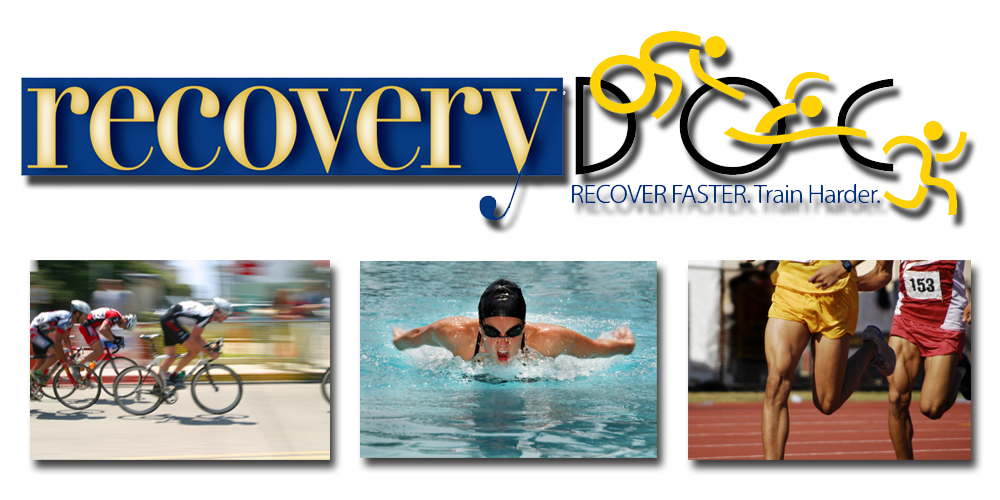The Effects of Precompetition Massage on the Kinematic Parameters of 20-m Sprint Performance
The effects of precompetition massage on the kinematic parameters of 20-m sprint performance. J Strength Cond Res 24(5): 1179-1183, 2010-The purpose of this study was to investigate what effect precompetition massage has on short-term sprint performance. Twenty male collegiate games players, with a minimum training/playing background of 3 sessions per week, were assigned to a randomized, counter-balanced, repeated-measures designed experiment used to analyze 20-m sprints performance. Three discrete warm-up modalities, consisting of precompetition massage, a traditional warm-up, and a precompetition massage combined with a traditional warm-up were used. Massage consisted of fast, superficial techniques designed to stimulate the main muscle groups associated with sprint running. Twenty-meter sprint performance and core temperature were assessed post warm-up interventions. Kinematic differences between sprints were assessed through a 2-dimensional computerized motion analysis system (alpha level p <= 0.05). Results indicated that sprint times in the warm-up and massage combined with warm-up conditions were significantly faster than massage alone. Also, step rate and mean knee velocity were found to be significantly greater in the warm-up and massage combined with warm-up modalities when compared to massage alone. No significant differences were demonstrated in any measures when the warm-up and massage and warm-up combined conditions were compared. Massage as a preperformance preparation strategy seems to decrease 20-m sprint performance when compared to a traditional warm-up, although its combination with a normal active warm-up seems to have no greater benefit then active warm-up alone. Therefore, massage use prior to competition is questionable because it appears to have no effective role in improving sprint performance. (C) 2010 National Strength and Conditioning Association









.JPG)




